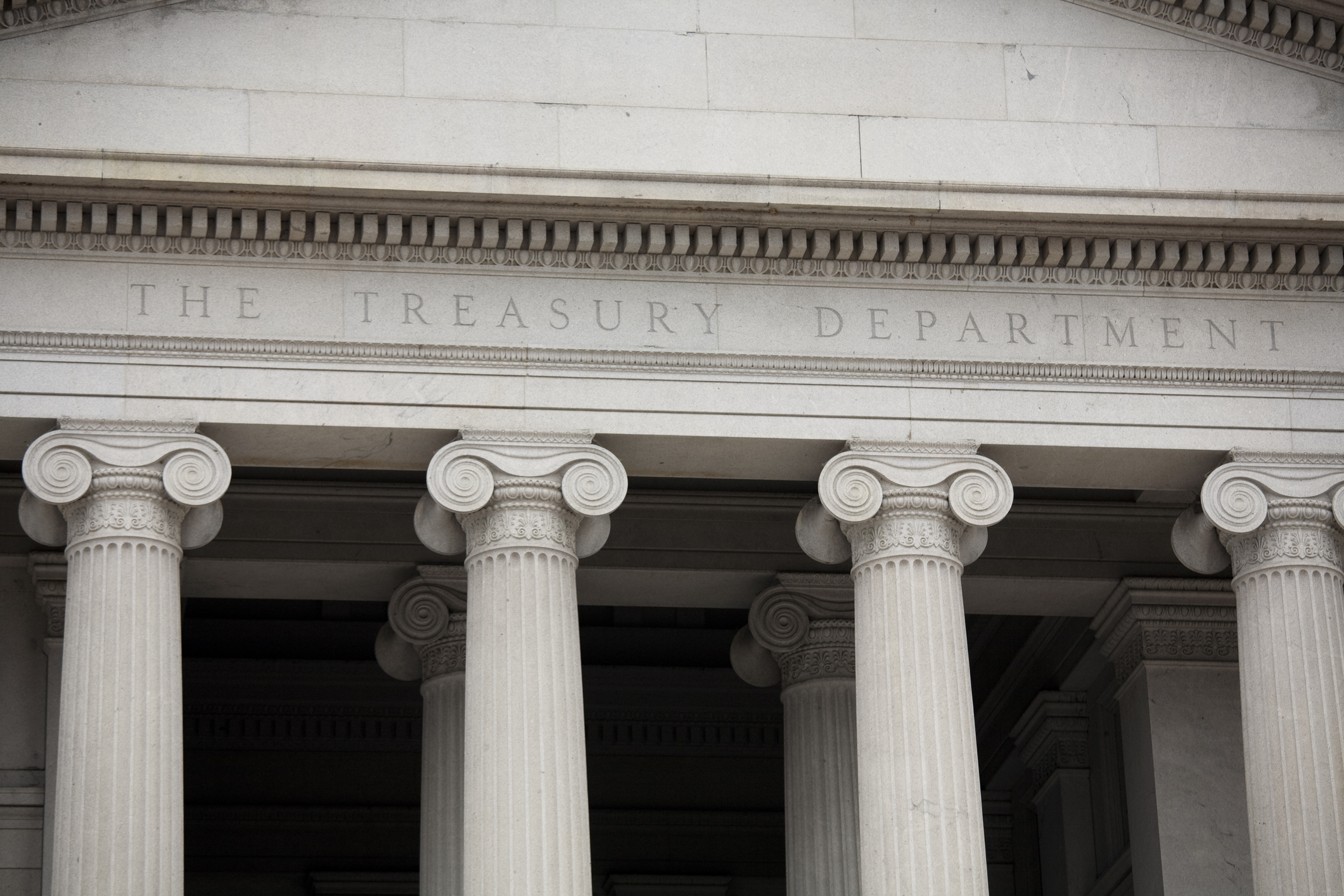The American Rescue Plan Act, which was signed into law by President Biden on March 11, includes significant direct recovery funds for states, counties, and municipalities through its State and Local Fiscal Recovery Fund (SLFRF). SLFRF funds can be used for a variety of purposes but focus particularly on helping cities and states respond to the negative economic impacts of COVID-19, replenish government revenues lost during the pandemic, and update their water and broadband infrastructure.
The Department of Treasury has been tasked with administering the SLFRF grant program. Accordingly, the Department of Treasury is the agency responsible for putting forth regulatory language that clarifies how the funding program will work. While much of this information can be found in the Interim Final Rule (IFR) produced by Treasury, their regularly updated FAQ document also contains significant further clarifications on the meaning of that rule.
Here’s a rundown of five key takeaways cities should take note of from Treasury’s most recent FAQ update dated July 14, 2021:
1. Cities can pool their funds together on eligible use projects
Since the release of the Treasury IFR, many cities have questioned the degree to which they can transfer funds to other governments. The IFR indicated that local governments could transfer their SLFRF funds to “constituent units of government” or private entities. This was expanded by Question 4.9 of the recent FAQ updates. This update informs cities that they may transfer funds to another higher level of government, such as a state or a county, so long as it is pursuant to a project that is itself an eligible use of SLFRF funds and the city recipient can track the use of funds in line with reporting and compliance requirements. The grant recipient must also be able to prove that they receive a tangible benefit from this service. For example, if a group of cities wanted their state government to carry out eligible broadband updates in their area, each city could transfer funds proportionate to the benefits received by their city to the state.
2. Davis Bacon doesn’t apply to SLFRF projects, with a few exceptions
Many cities have been asking about whether or not the Davis Bacon Act must be applied to SLFRF infrastructure projects. Question 6.17 clarifies that Davis Bacon does not need to be applied to infrastructure projects funded solely by SLFRF grants. However, there are some situations in which Davis Bacon must be applied. In particular, Davis Bacon needs to be applied to projects in the District of Columbia and to projects that combine SLFRF funding with other grant programs which require the application of Davis Bacon. And local governments may still choose to comply with Davis Bacon when conducting their SLFRF infrastructure project– something that is incentivized by labor reporting workarounds for those compliant– but that is fully at the SLFRF grantee’s discretion.
3. If you get outside funding to supplement SLFRF grants, you just need to make sure and document that SLFRF funds are spent on eligible uses
The FAQ updates released by Treasury re-emphasized that cities have substantial flexibility when it comes to how they use supplementary funds. Essentially, if a city wants to use multiple funding streams to finance a project, non-SLFRF funds do not need to be bound by SLFRF eligible use restrictions.
4. Funds can be used to give loans to small businesses and non-profits
Question 4.11 of the Treasury FAQ confirmed that states and cities are allowed to use SLFRF funds to make loans or extend credit to entities like small businesses and non-profits. However, Treasury clarified that loans issued must be in some way related to eligible uses of SLFRF funds (I.e., loaning to small businesses can fall under responding to the economic impact of COVID-19). Moreover, Treasury clarified that loans that mature before December 31, 2026 will be treated differently than those that mature after that date. In the former case, SLFRF funds may be used to fund the principal of the loan, but repayment funds (including interest) must be used on eligible uses under the SLFRF program. In the latter case, SLFRF funds may only be used for the projected cost of the loan, not the principle.
5. Interest earned doesn’t need to be remitted to Treasury and is not subject to program restrictions
Question 10.3 of the Treasury FAQ clarifies that any interest state or local governments generate from loans to small businesses or other private entities will not need to be remitted to Treasury. Accordingly, interested earned from loans can be used by the issuing state or local government for purposes beyond the scope of SLFRF eligible uses. It is worth noting that Question 4.11 does point out that repayment of principal and interest on loans that mature or are forgiven before December 31, 2026 must still be used for eligible uses under the SLFRF program.
6. When calculating general revenue, excluded utilities are narrowly defined
The updated Treasury FAQ made it clear that the exclusion of “utilities” revenue is limited to revenue generated by “publicly-owned and controlled water supply systems, electric power systems, gas supply systems, and public mass transit systems.” Revenue generated by other public services, particularly those that are “commercial-type activities,” can be incorporated into a city’s calculation of general revenue. Treasury explicitly mentioned that it considers airports, educational institutions, lotteries, public hospitals, public housing, parking facilities, port facilities, sewer or solid waste systems, and toll roads and bridges “commercial-type activities.”
Make sure to review the updated Treasury FAQ document for additional updates on matters like general revenue calculations and eligible uses of funds in infrastructure projects, among other things.
Become a Member
The National League of Cities (NLC) is the voice of America’s cities, towns and villages, representing more than 200 million people. NLC works to strengthen local leadership, influence federal policy and drive innovative solutions.

About the Author:
Christopher Hadsall serves as an intern on NLC’s American Rescue Plan Taskforce.







